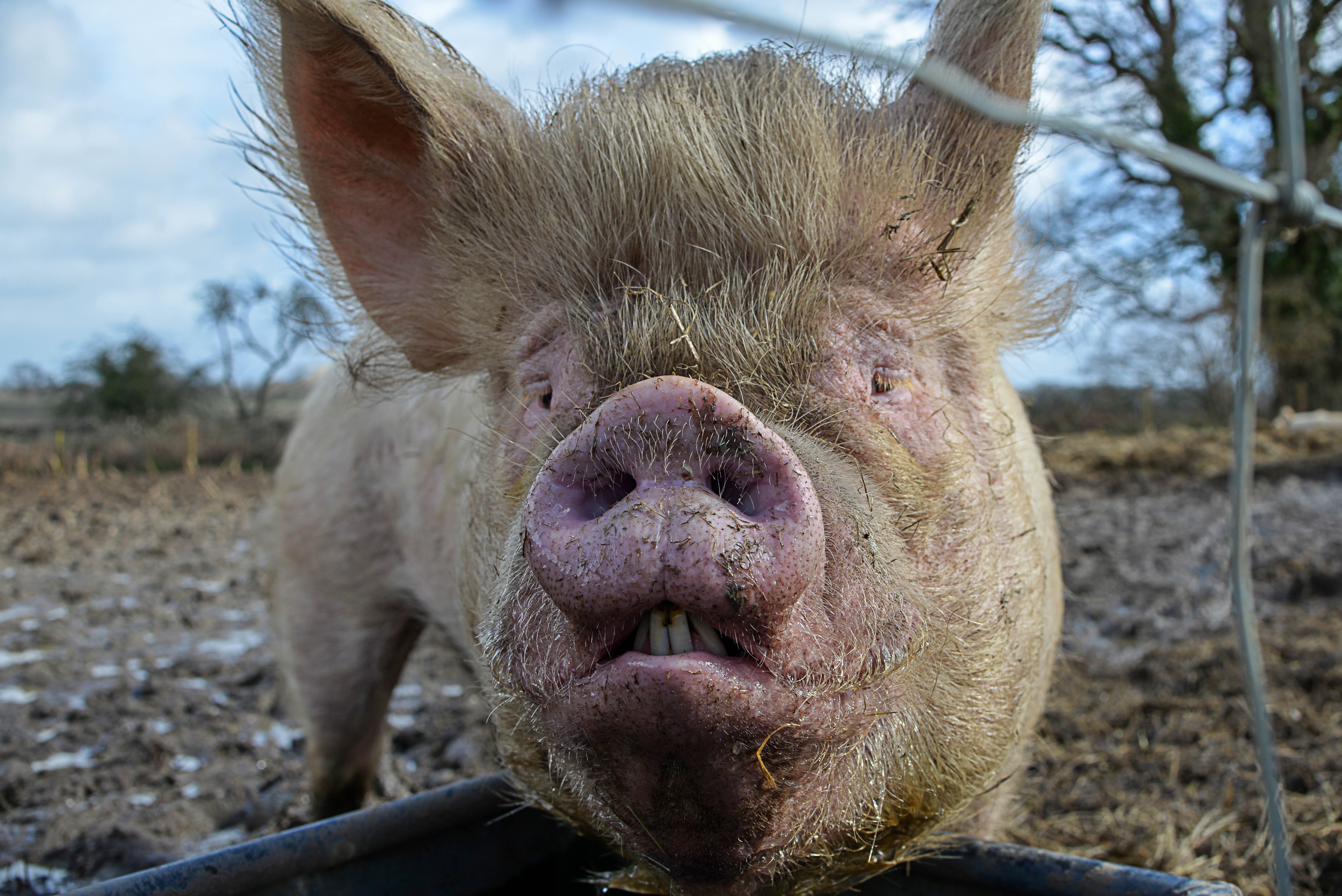News release
From:
Breathe in breathe snout – Can a pig’s snout help design better particle filters for face masks and building ventilation systems? The complex nasal anatomy of rabbits, opossoms, dogs and hogs, inspired the development of a 3D-printable, high-performance filter with relatively low energy expenditure. Researchers say the design is easy to replicate, adjustable and has potential for high impact in many engineering applications.
On the design of particle filters inspired by animal noses
Journal of the Royal Society Interface
A significant weakness of passive filters, designed to capture small particulates for personal use applications and industrial processes, is pressure drop. High-filtering capability correlates strongly with energy requirements, typical in face masks and building-scale ventilation systems. The engineered animal-nose-inspired concept aims to provide high filtering performance at comparatively low energy expenditure. The design is easy to replicate and manufacture; it is scalable, adjustable, and proposes a versatile air sanitation solution of potentially high impact in many engineering applications.



 International
International



